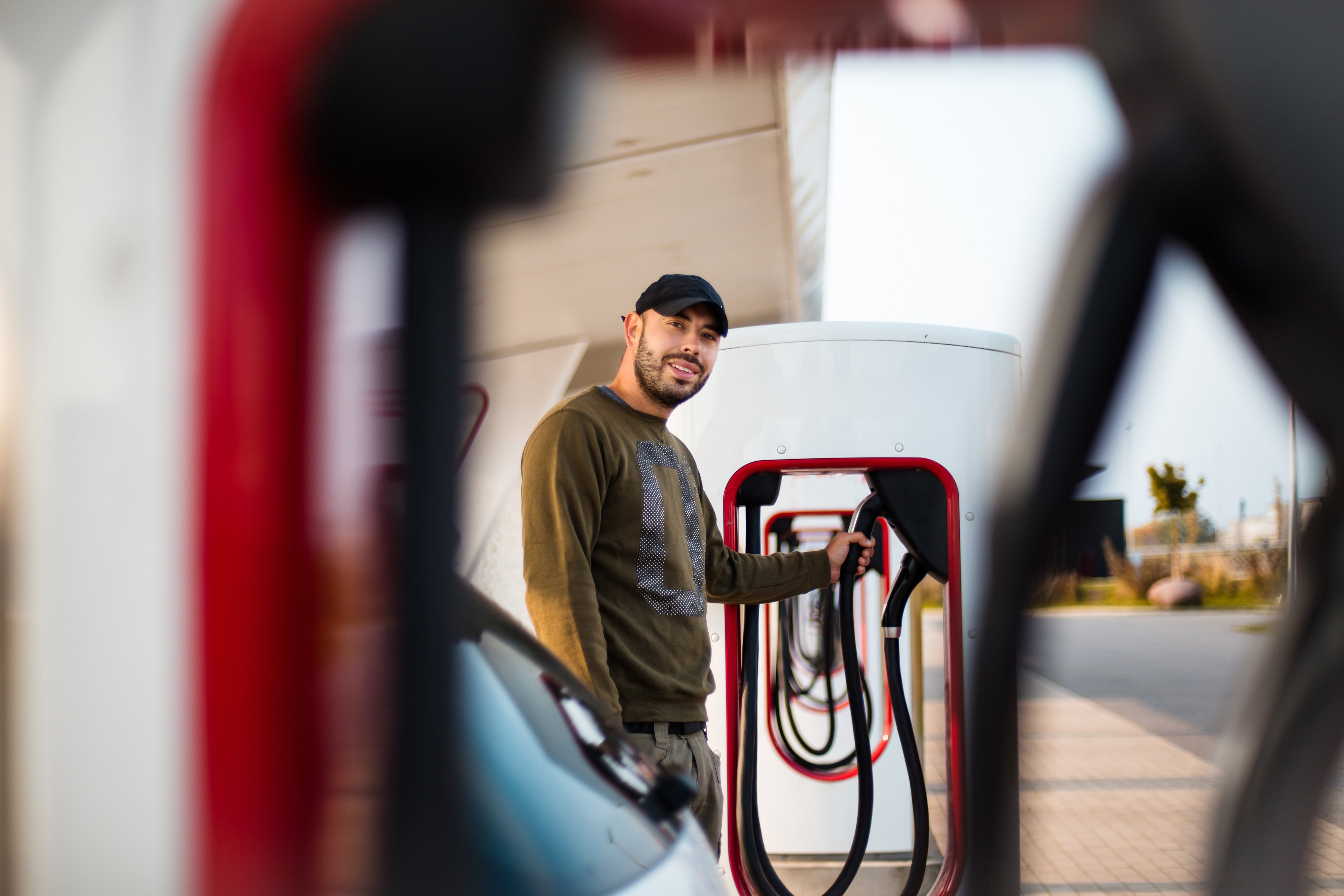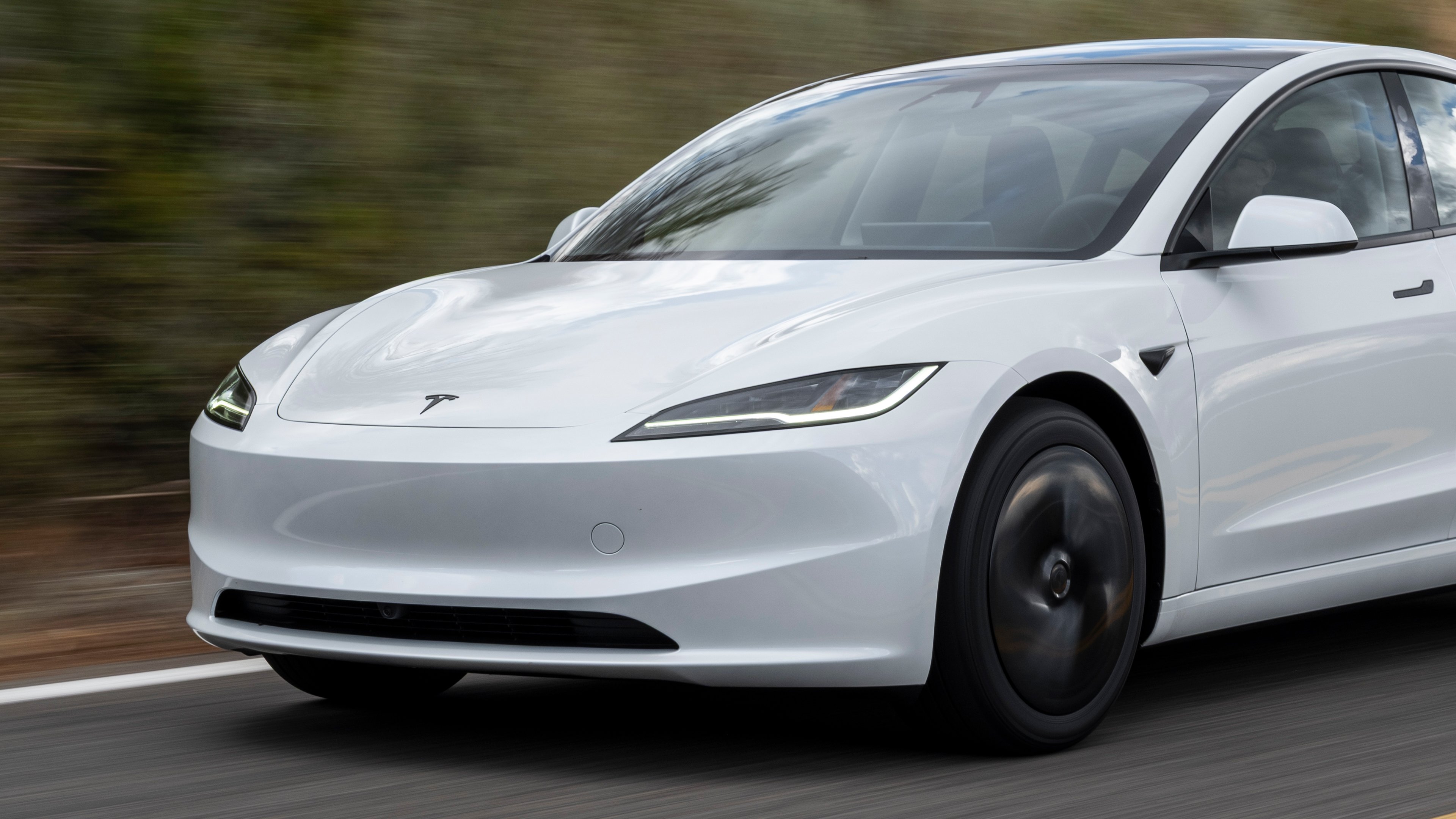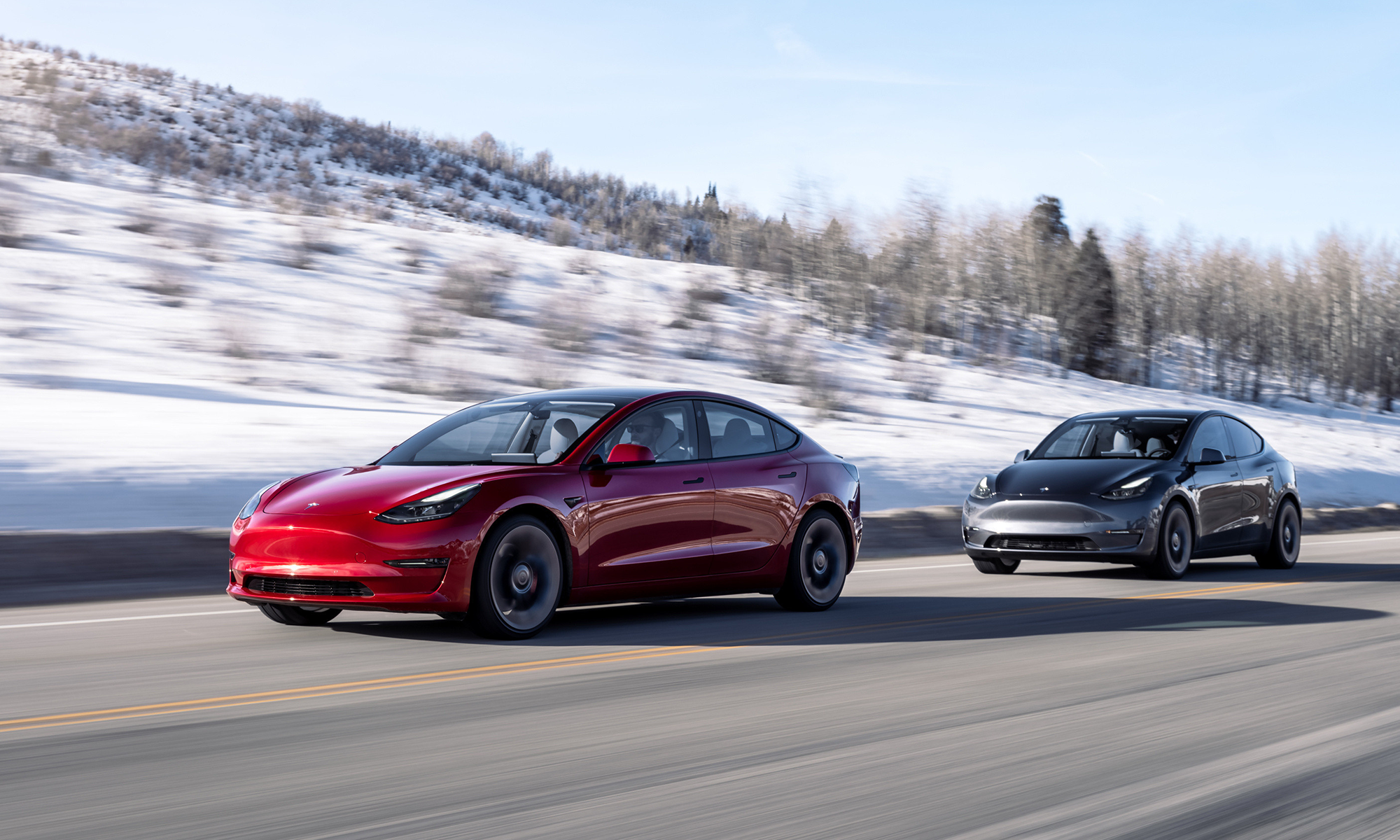One item that could have gone overlooked in Tesla's (TSLA 1.02%) recent update on third-quarter vehicle deliveries was its rebound in Model S deliveries. Sure, the huge miss on its Model 3 production target encompasses the news from the release that investors should care about most. But it is encouraging to see the Model S continue to sell in meaningful volumes.
There has been some concern that Tesla's recently launched lower-cost Model 3 would dampen demand for Model S. In addition, the Model S' ability to consistently outsell comparably priced large luxury sedan has been critiqued by some to be unsustainable. But it's becoming increasingly difficult to discount the Model S' popularity.

Model S. Image source: Tesla.
Model S sales
After peaking in the fourth quarter of 2015 at about 17,300 quarterly deliveries, Model S sales have mostly trended lower since. But second-quarter deliveries were particularly worrisome. At about 12,000 units, the quarter's Model S deliveries were the lowest since the second quarter of 2016. In addition, they were down a meaningful 11% sequentially.
Thankfully, an explanation from management about a severe production shortfall of 100 kWh battery packs during the quarter made the pullback easier to overlook. But the low Model S deliveries were still worth pondering: Was a steep decline in Model S sales in the coming quarters inevitable as Tesla ramped up Model 3 production?

Data source: Tesla's quarterly vehicle delivery updates. Chart by author.
Tesla's 14,065 Model S deliveries in Q3 not only marked a strong 19% sequential increase in Model S deliveries, but the quarter's deliveries were the highest since the third quarter last year.
Sure, Model S sales haven't rebounded all the way to record quarterly Model S deliveries achieved just before Model X production started ramping up, but deliveries this high -- five years after the Model S first launched -- bode well for the Model S' staying power.
Cannibalization is still a risk
This doesn't mean investors should entirely write off the possibility of Model S sales coming down meaningfully, particularly as Tesla ramps up production of Model 3. Delivering a paltry 220 Model 3 units during Q3, Tesla has barely started eating into the approximately 455,000 Model 3 reservations the electric-car maker currently has for its Model 3. As production and deliveries of the important vehicle begin kicking into high gear, there's a good chance that increasingly more customers will opt for the Model 3 over the Model S.
But with plenty of customers still putting in orders for Model S even as Tesla is expected to increase Model 3 production and deliveries sharply toward the end of the year, it looks like Tesla has successfully positioned Model S as a compelling premium option above and beyond its lower-priced Model 3 offering.
After a meaningful sequential rebound in Model S sales, Tesla's flagship sedan looks like it will continue to outsell competing cars like Daimler's Mercedes S Class and BMW's 5 Series. While Model S deliveries could come down as Model 3 deliveries increase, the Model S will likely remain a leader in its category.






